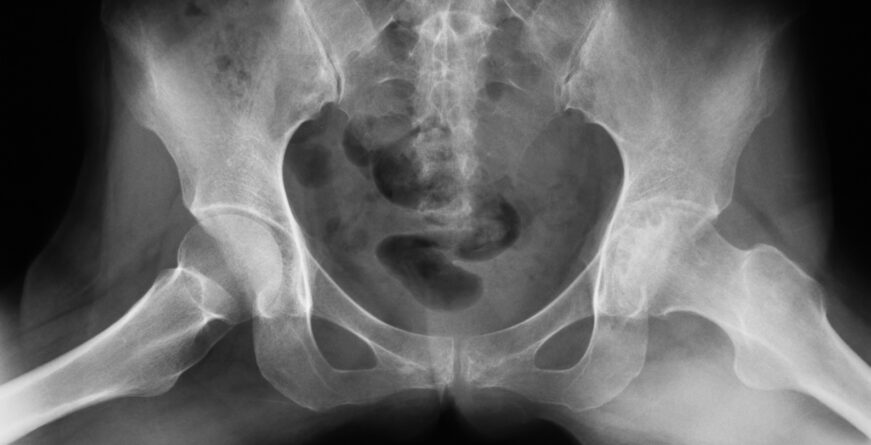Just using your muscles, can you make the shaft of your penis move up and down 10 times? Could you do it even once? How difficult was it?
During an erection blood pours into vessels in the shaft of the penis (the corpus spongiosum) and is kept there both by the increased fluid pressure, involuntary muscles (ones you can’t actively control) and voluntary muscles in your pelvic floor muscles (muscles you can control). The quality and duration of the erection can be correlated with your ability to control your voluntary pelvic floor muscles. The next time you have an erection (either alone or with a willing partner), look at your penis in a mirror from the side and assess for how engorged your penis is, and notice whether it is difficult to maintain the erection.
It’s more than just a party trick! When you try to wiggle your penis, you are activating the ischiocavernosus, one of the voluntary muscles in your pelvic floor that help maintain an erection. Poor control of this muscle can play a role in difficulty achieving or maintaining an erection. Many men have difficulty controlling their pelvic floor muscles, which can lead not only to erectile issues, but also to pelvic pain and incontinence. This is where pelvic floor physical therapy can help!
If weakness can lead to difficulty maintaining an erection, then strengthening your pelvic floor can improve the quality and duration of erections. A complete examination of your pelvic floor by a qualified physical therapist will assess your pelvic region for spasm and weaknesses that can be playing a role in pelvic issues, including a weak ischiocavernosus. Using these findings, we will build a comprehensive program combining manual therapy techniques, therapeutic exercise, and biofeedback to correct the issue.


